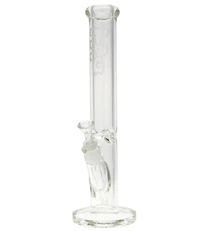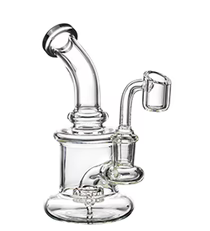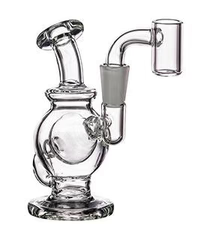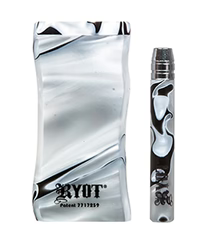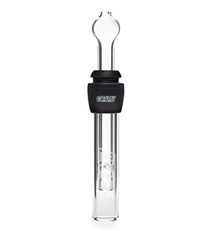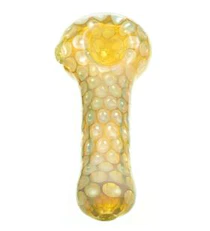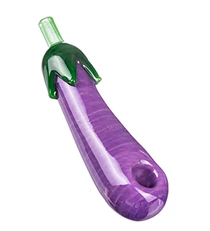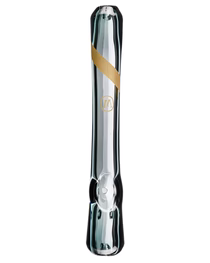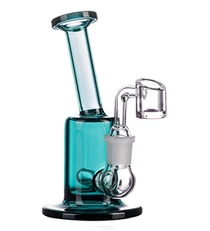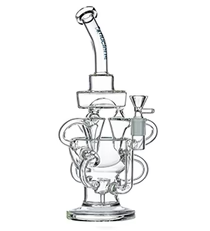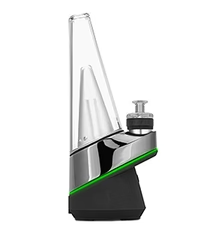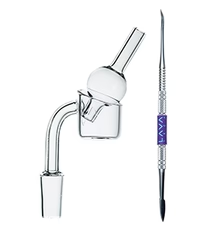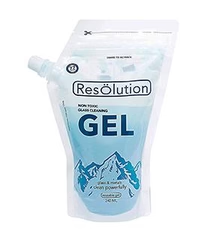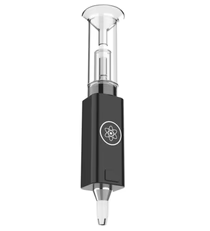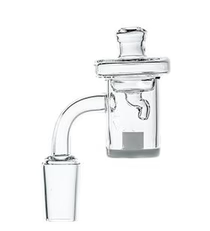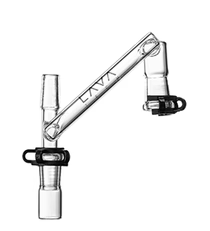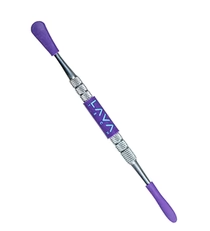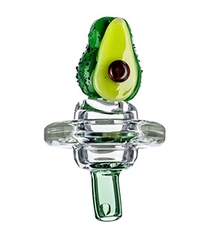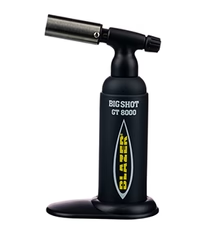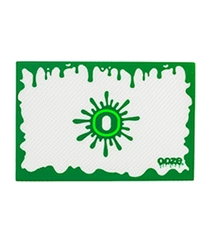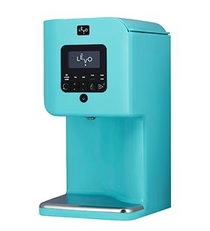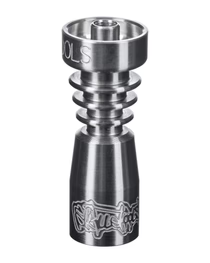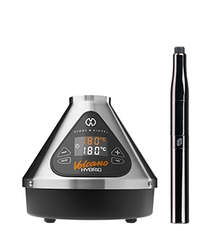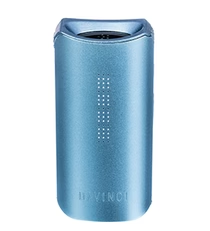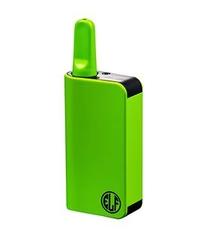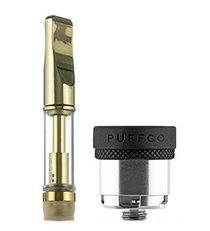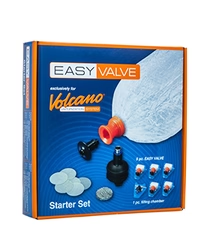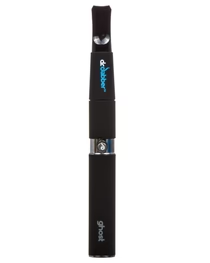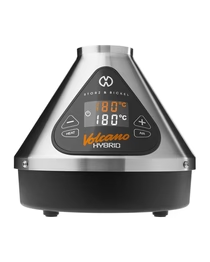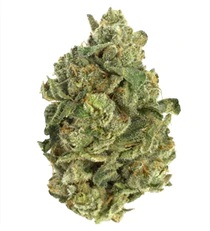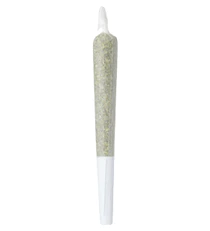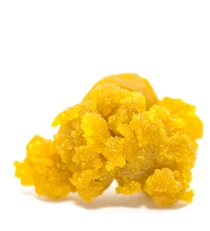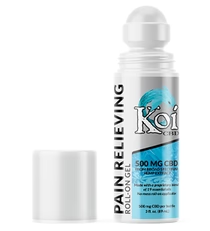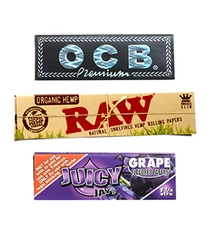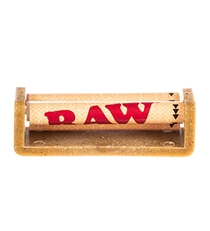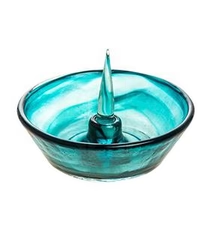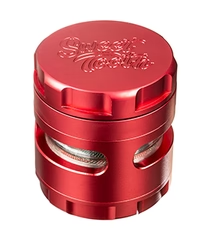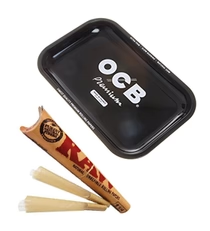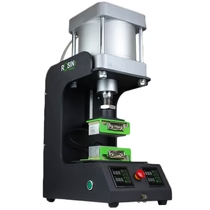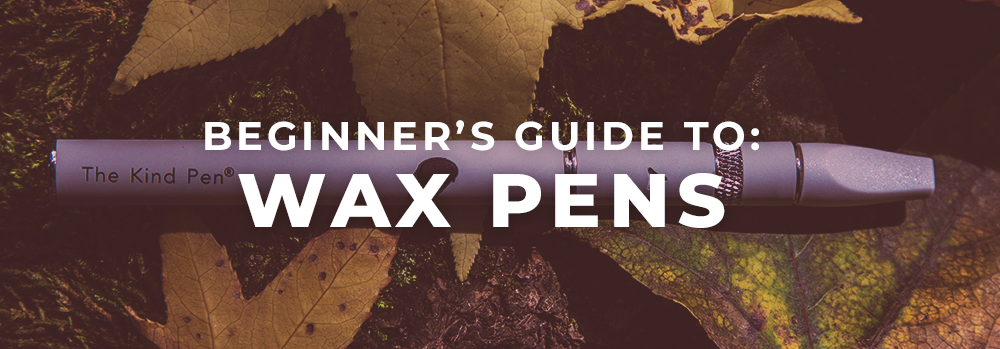
As concentrates gain prominence over dry herb for their convenience and intensity, people are becoming rightfully curious about what exactly to look for in a vaporizer. Portable vapes, including wax pens, are gaining prominence as people search for a discrete way to vape in public, and that means that more people are looking to educate themselves on the available options and the fundamentals of wax vaping.
Wax Pen Construction
Most wax pens are constructed the same way, with a battery at the bottom that connects to a threaded atomizer (the heating element and wax chamber) and then a mouthpiece. Atomizers come in a number of different options, all of which have their own pluses and drawbacks. Wick atomizers, which are ideal for runny waxes, rely on an absorbent fiber “wick” (like a candle’s) that absorbs the concentrate while being heated by a titanium or silica coil. These coils are also present on wickless rod atomizers, which use ceramic or quartz rods in place of the fiber wick and are best paired with thick waxes. Both of these types of atomizers are available in single, double, and triple coil options depending on how much heat you want to deliver to the concentrate.
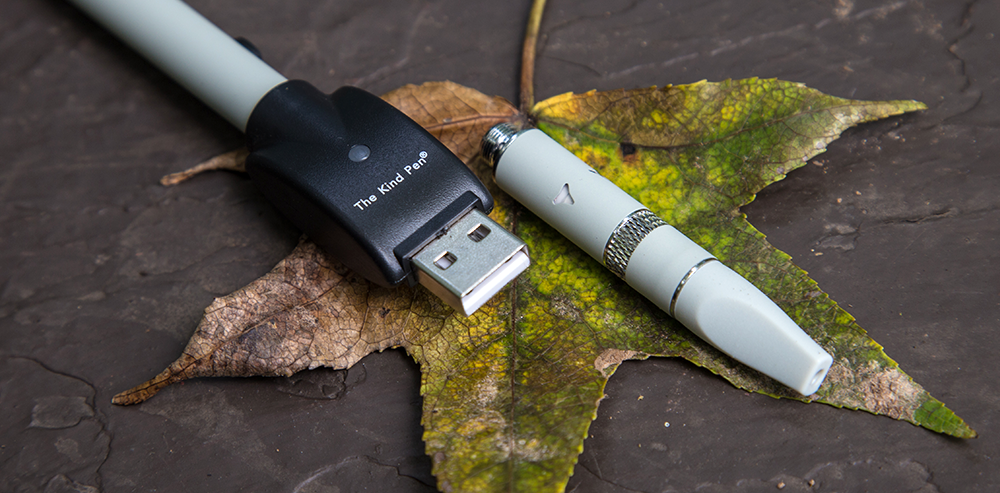
Other Atomizer Styles
Flat dishes are another atomizer option. They don’t have wicks or coils and are popular with low-temperature vapers since the heating element doesn’t touch the wax. They’re also a good option for people who object to the taste that titanium or silica coils can leave behind. Some atomizers come with screens to keep the concentrate from sitting right on the heating element while others, including pancake coil atomizers, take advantage of the close contact with the wax. It all depends on the viscosity of the concentrate you’re using and its heat sensitivity.
Atomizer Material
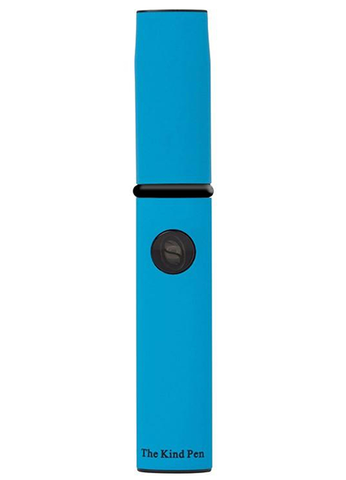 When it comes to the material of the atomizer, there are a few things to keep in mind. Titanium heats up fast and retains heat for a long time but doesn’t have an ideal taste. Quartz, on the other hand, heats up faster than either ceramic or titanium and tastes pure but doesn’t have the best heat retention. Ceramic takes the longest to heat of the three but can retain heat well in addition to not imparting a taste onto the vape, especially when used at low heat. Some wax vapes offer a combination of materials, like the double ceramic rod with titanium coil of the The Kind Pen V2.w Concentrate Vaporizer Kit.
When it comes to the material of the atomizer, there are a few things to keep in mind. Titanium heats up fast and retains heat for a long time but doesn’t have an ideal taste. Quartz, on the other hand, heats up faster than either ceramic or titanium and tastes pure but doesn’t have the best heat retention. Ceramic takes the longest to heat of the three but can retain heat well in addition to not imparting a taste onto the vape, especially when used at low heat. Some wax vapes offer a combination of materials, like the double ceramic rod with titanium coil of the The Kind Pen V2.w Concentrate Vaporizer Kit.
The Kind Pen is a leader in personal vaporizers.
Some atomizers are designed to work with separate cartridges, which come in either plastic or glass. Understandably, glass is the best choice of material to hold concentrates and not only because plastic and oils/waxes can interact and leech into one another given enough time. Some people claim that plastic leaves behind a taste, whereas glass (an organic compound) stores concentrates well without adding any additional flavors to the vapor. It’s better to invest in a glass cartridge if given the option, though it is important for clumsy vapers to keep in mind that such cartridges are more breakable than plastic ones.
Battery=Heart of the Vaporizer
Next up to consider is the wax pen’s battery. They’re occasionally interchangeable as many have 510 threading, so don’t fret if you don’t end up with exactly what you want on the first shot. That said, knowing a bit about the difference between batteries will lessen the likelihood of having to replace it later.
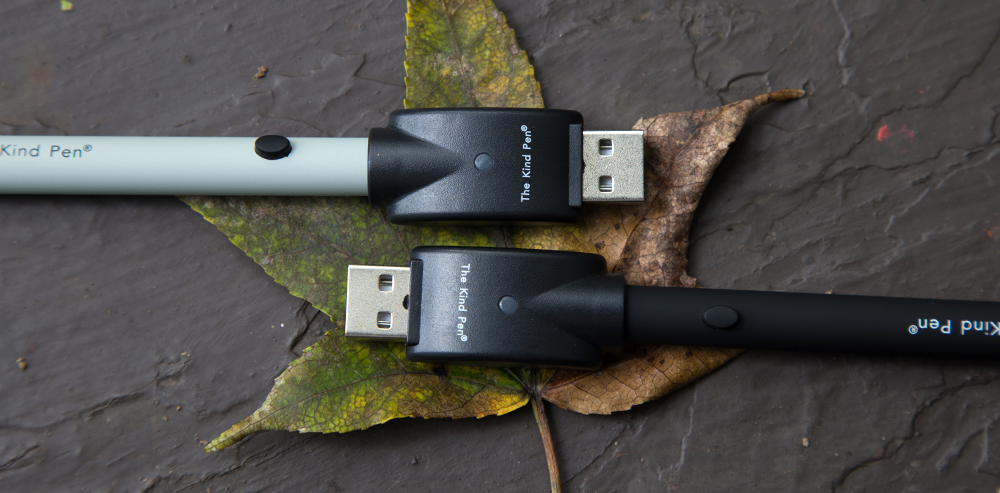
Fixed Temperature Batteries
Typically, wax pens require a higher voltage battery than oil pens, in the range of 3.7 volts and above (typically batteries go up to 4.8 volts). When it comes to functionality, vape pen batteries run the gamut. Buttonless stylus batteries are the cheapest of the battery options, and they’re easy to use as they are small and discrete. These batteries are typically paired with disposable and polycarbonate cartridges and provide varying voltage based on how strong your inhale is. Fixed voltage batteries exist in both button- and buttonless options depending on whether you’re a stickler for a five-push locking mechanism or not.

Adjustable Temperature Batteries
There are variable voltage batteries available that depend on a temperature or voltage dial rather than inhale strength, and these tend to be hardier than the simple stylus batteries. They give you the ability to select exactly what level of vaporization you want, offering consistency and accurate customization. These are the most popular kind of battery for high-end wax pens since each concentrate consistency tends to have its own ideal vaporization point. There are stylus variable voltage batteries as well.

Conclusion
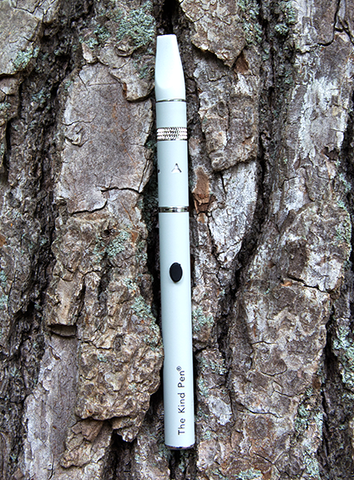 Wax-lovers can rejoice considering the range of options on the market and how easily accessible concentrate vaping has become. There are wax pens out there for any wallet size, making it an economical option for people who want to refill their own vapes for health or money reasons. Plus, there’s simply no denying that disposable vapes are bad for the environment, with lithium-ion batteries and plastic ending up in landfills—something that any good concentrate- and plant-lover should be concerned with. Whatever your reason, refillable wax pens are the wave of the future—one you should definitely consider getting on.
Wax-lovers can rejoice considering the range of options on the market and how easily accessible concentrate vaping has become. There are wax pens out there for any wallet size, making it an economical option for people who want to refill their own vapes for health or money reasons. Plus, there’s simply no denying that disposable vapes are bad for the environment, with lithium-ion batteries and plastic ending up in landfills—something that any good concentrate- and plant-lover should be concerned with. Whatever your reason, refillable wax pens are the wave of the future—one you should definitely consider getting on.
If you need help choosing a wax pen check out our best of 2018 list!
Take a look at our Beginner’s Guide to Oil Pens if you want to learn about the differences between oil and wax pens.


